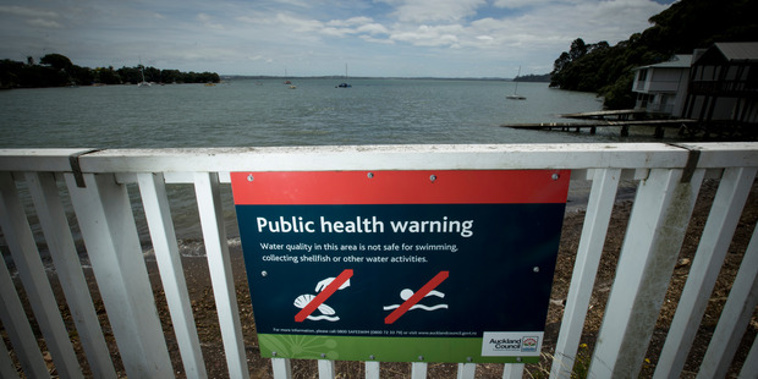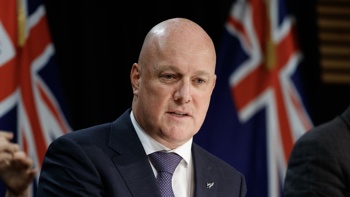
It's one of the jewels in the City of Sails' tourism push - but what lays beneath the Auckland Harbour is a very dirty secret.
A Herald Focus and Weekend Herald investigation has revealed that 1 million cubic metres of waste water and raw sewage - the equivalent of 400 Olympic swimming pools - is pouring the harbour each year.
The waste is flowing into the harbour from 41 points around the inner city suburbs almost every time it rains.
And thereare fears the overflows - unusually frequent for a developed nation - will get even worse with at least 800 new homes due to be built in the next three years in the inner suburbs where combined stormwater/sewer pipes are now more than a century old.
Auckland councillor Mike Lee, who represents the inner-city Waitemata ward, said the council was being "extremely reckless" by approving new homes in special housing areas served by ageing infrastructure under fast-track procedures aimed at solving the city's housing crisis.
"They are pushing ahead with developments well in excess of our carrying capacity," he said.
Auckland University wastewater engineer Dr Lokesh Padhye said many world cities faced issues with combined stormwater and sewer pipes, which were seen as a great advance when they replaced open street sewers in the early 1900s.
But Auckland now lagged behind its peers.
"Many developed countries are facing these issues, but there have been a lot of mitigating measures taken for the last two or three decades," he said.
"The frequency of overflows [in Auckland] is a little bit of a concern, especially considering that Auckland wants to be the most liveable city in the world."
About 16,000 homes, mainly in the inner western suburbs, are still served by the old combined pipes where rainwater flushes sewage out to natural waterways every time the city gets more than 5mm of rain.
Watercare this week provided the Weekend Herald a map of 41 overflow sites, from Blockhouse Bay in the west around to Tamaki in the east, which spill at least 12 times a year and flush out at least 10,000cu m a year - equivalent to four Olympic swimming pools - of mixed stormwater and sewage.
A 2012 study found that two of the worst overflow points, at Lyon Ave and Haverstock Rd in Sandringham, spilled more than 100 times a year "in the order of 1 million cu m " - equivalent to three times the daily throughput of the regional sewageplant at Mangere.
Herne Bay resident Kate Stanton, who is part of a group opposing a new five-storey, 69-unit apartment block planned to replace the Gables tavern which closed last weekend, pointed to signs warning against swimming at Cox's Bay and Meola Reef as evidence that the old network could not cope with more growth.
"The tipping point is when you have to say the tide is not dealing with it and we have to put up signs saying don't go in the water," she said.
Environmental consultant Brett Stansfield said contaminated water could cause gastroenteritis, respiratory illness and other health problems.
Watercare has a $1.7 billion plan to build new "interceptor" pipes and feeder sewers that will reduce wet-weather overflows from the area from St Mary's Bay to Blockhouse Bay by 91 per cent, from 2.2 million to 190,000cu m a year, by 2035.
But the agency has abandoned a target set by the old Auckland City Council in 2008 to "eliminate combined sewer overflows by 2021".
The new Super City's Healthy Waters general manager Craig Mcilroy said it would cost $1.5 billion, on top of the $1.7 billion already planned for the new interceptors and feeder sewers, to build separate stormwater pipes for all 16,000 homes in the old combined network.
It would also cause "massive" disruption, and would not be as cost-effective as upgrading the combined pipes feeding into the new interceptors.
"Wholesale comprehensive separation doesn't make economic sense or social sense," he said.
Equally, he said: "Overflows can be reduced to the extent that they compromise public safety or the ecological health of our waterways. However it would not be a wise use of ratepayer money to completely eliminate them as extreme weather events, which cannot be contained in the network, will occur from time to time."
But Lee called for a halt to new developments such as the Gables apartments until the overflows in the old combined network were dealt with.
"We are forging on with infill and high-rise in that area when we know it's environmentally reckless," he said. "We are willing to pay the social and environmental cost of polluting the harbour for everybody just so development can go ahead."
Take your Radio, Podcasts and Music with you









